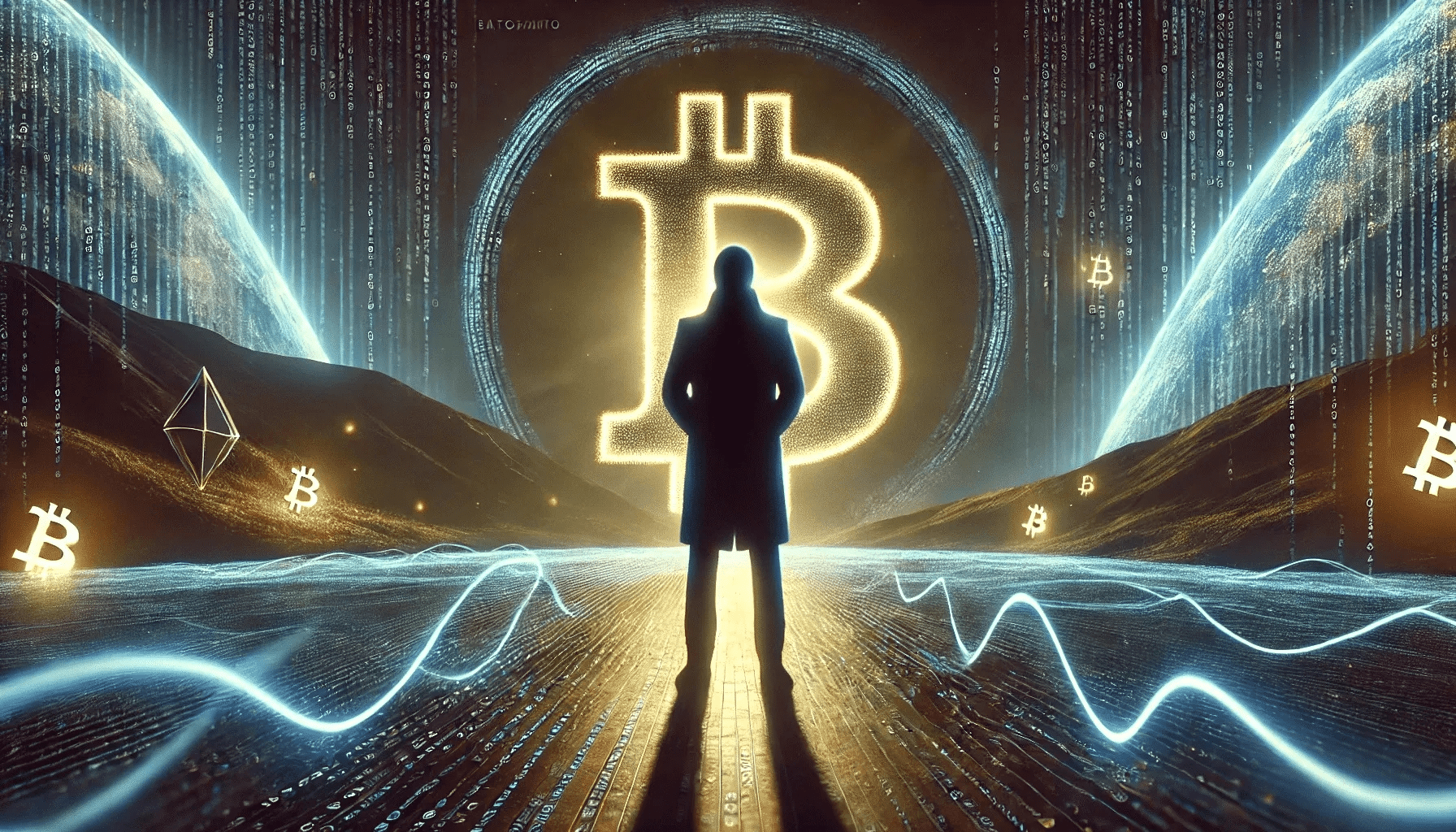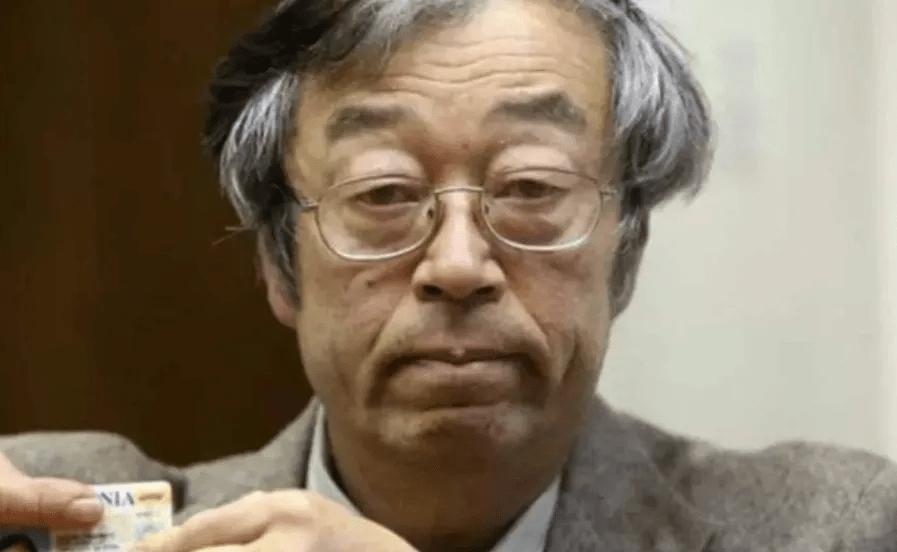 Recently, the world-renowned pay TV network HBO announced that it will reveal the identity of Bitcoin founder Satoshi Nakamoto through their documentary. Although I think this is another meaningless marketing campaign using the traffic password "Satoshi Nakamoto" to hype up. However, no matter what, HBO's documentary promotion has successfully triggered a great discussion in the crypto community and the financial world. We have to admire that it chose such a special time point to provoke everyone's sensitive nerves...
Recently, the world-renowned pay TV network HBO announced that it will reveal the identity of Bitcoin founder Satoshi Nakamoto through their documentary. Although I think this is another meaningless marketing campaign using the traffic password "Satoshi Nakamoto" to hype up. However, no matter what, HBO's documentary promotion has successfully triggered a great discussion in the crypto community and the financial world. We have to admire that it chose such a special time point to provoke everyone's sensitive nerves...
01
Searching for Satoshi Nakamoto This year, the approval of the Bitcoin ETF has made it officially a mainstream asset. Bitcoin has since entered a wider public view, and global financial institutions have become increasingly interested in this "alternative asset". As an experienced producer of TV programs, it is not difficult for HBO to dig out "Satoshi Nakamoto", the ironclad traffic password for many years.
However, the author believes that it is completely impossible to claim that one can find out the true identity of "Satoshi Nakamoto" or key clues just by making a documentary. After all, in the more than ten years since Bitcoin became popular, not only the encryption community, media and other non-governmental organizations, but also the official judicial and security departments of some countries have never stopped searching and investigating. However, as a top cryptographer, "Satoshi Nakamoto" is extremely rigorous and has never revealed any flaws. He appeared anonymously and finally disappeared out of thin air.
In this case, knowing that it cannot withstand scrutiny, why did HBO still claim to have found "Satoshi Nakamoto" and solved the puzzle? The root cause naturally comes from its profit model. As a well-known producer of documentaries, HBO has launched many popular documentaries, relying on these documentaries to collect a large amount of subscription fees, advertising fees, publishing authorizations, and sales of video products to earn income. In short, their purpose is to dig out the "traffic password" and realize it.
So far, all the speculations and suspects related to the HBO documentary about "Satoshi Nakamoto", including Peter Todd, Len Sassaman's widow, Adam Back and others, have denied the identity. The most direct suspect, Peter Todd, even strongly refuted the arguments put forward in the HBO documentary on social media, and a farce that was widely discussed gradually came to an end.
Peter Todd quoted Craig Wright's statement "HBO is talking nonsense" on social networks. Peter Todd quoted the comment as saying: "At this point, I think we should believe his word. After all, Craig Wright is the world's most famous non-Satoshi expert."
On one side is Peter Todd, who strongly denies that he is Satoshi Nakamoto, and on the other side is Craig Wright, also known as "Australian Satoshi", who once strongly claimed that he was Satoshi Nakamoto. Things are getting interesting.

So who is Craig Wright? Since 2015, Craig Wright from Australia has been claiming to be Satoshi Nakamoto himself, and later those who did not believe him called him "Australian Satoshi". Craig Wright then provided some relatively vague "evidence" to prove himself, but there was no hard evidence. In 2019, Craig Wright even applied to the US Copyright Office to register the Bitcoin white paper and code copyright. Subsequently, some legal proceedings were initiated based on the copyright registration certificate obtained. To this day, the Bitcoin community is still highly suspicious and believes that he is just hyping it up for profit and influence.
Craig Wright has always claimed that he is the real creator of Bitcoin, hoping to restore the original design of Bitcoin and advocate concepts such as large blocks and high throughput. There are many supporters of Craig Wright in the well-known Bitcoin fork BCH and BSV communities that are closely related to him. In particular, the support of the BSV community for Craig Wright once enabled him to control the development of BSV. His views and resources have played a significant role in the BSV community. Of course, the identity of BSV community leader is also considered to be one of the favorable evidences that Craig Wright is hyping for profit.
At present, BSV is declining, and Craig Wright’s identity as “Satoshi Nakamoto” has been basically ruled out. Some people are desperately trying to attach themselves to such an “identity”, while others regard it as a trouble that cannot be shaken off…
In 2014, an American media claimed to have found Satoshi Nakamoto, named Dorian Nakamoto, a 64-year-old Japanese-American man living in California. The image of Nakamoto has been widely substituted into the public's cognition of Satoshi Nakamoto, and it is hard to get rid of it. At the same time, the "Satoshi Nakamoto" account, which had been invisible for three years, denied: "I am not Dorian." (Some community members suspected that the message was not posted by him.)
However, many people, including some media outlets, flocked to the scene to seek the truth. Dorian Nakamoto and his family were overwhelmed by the intrusion. In order to protect their privacy, they even hired a legal advisor and asked the outside world to stop disturbing him and his family in a statement. He finally pleaded: "I implore everyone to respect our privacy now and let us return to peace."
02
Many people don’t care who Satoshi Nakamoto is.
What really matters is the coins in his hand
Since the total amount of Bitcoin is capped at 21 million, Satoshi Nakamoto did not disclose the whereabouts of the 1.1 million Bitcoins he kept when he retired, nor did he destroy them, which means that more than 5% of Bitcoins may be dumped on the market at any time. This is always an "uncertainty" risk that Bitcoin holders cannot get rid of.
The reason why people go through so much trouble to find Satoshi Nakamoto and want to confirm his identity, besides simple curiosity, is more of a desire to gain certainty, similar to a classic line in a TV drama, "If he's alive, I want to see him in person; if he's dead, I want to see his body." Without certainty, risks will always exist. In addition to investors, regulators will also worry that risk events will cause market instability from the perspective of protecting investors.
As of the end of September, the US stock Bitcoin spot ETF held more than 900,000 coins, just one step away from the 1.1 million coins held by Satoshi Nakamoto. Some analysts pointed out that in 2025, the holdings of Bitcoin spot ETFs may officially exceed the holdings of Satoshi Nakamoto, which means that through the US stock Bitcoin spot ETF alone, the traditional financial funds entering Bitcoin exceed US$60 billion. The trillion-dollar market value of Bitcoin will continue to rise in the future, and more funds will flow into it.
Wall Street and even all investors are "afraid of uncertainty". Satoshi Nakamoto has become a major "uncertainty" factor for Bitcoin. This concern has become more serious with the growing market value of Bitcoin and the daily trading volume of hundreds of billions of dollars. Hence the successful provocation of the HBO documentary. Of course, even without HBO, there will be "ABO" and "CBO" who will jump out to provoke this sensitive nerve for various interests.
Earlier analysis said that if Satoshi Nakamoto had not disappeared, judging by the early path of Bitcoin, it is very likely that Satoshi Nakamoto would have been in jail. Even today, it is foreseeable that countless troubles will follow. All of the above proves that Satoshi Nakamoto’s decision to disappear was the right one.
To this day, the mystery of Satoshi Nakamoto’s identity remains elusive, and the answer may never be revealed, but perhaps the more so, the more “sleepless” many people will be.
In any case, Bitcoin has made a huge contribution to human society. “We owe Satoshi Nakamoto a Nobel Prize in Economics.” Salute to Satoshi Nakamoto, who “left after his work was done, hiding his identity and name.”





